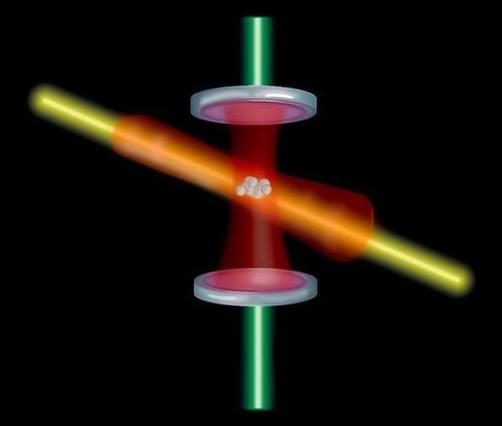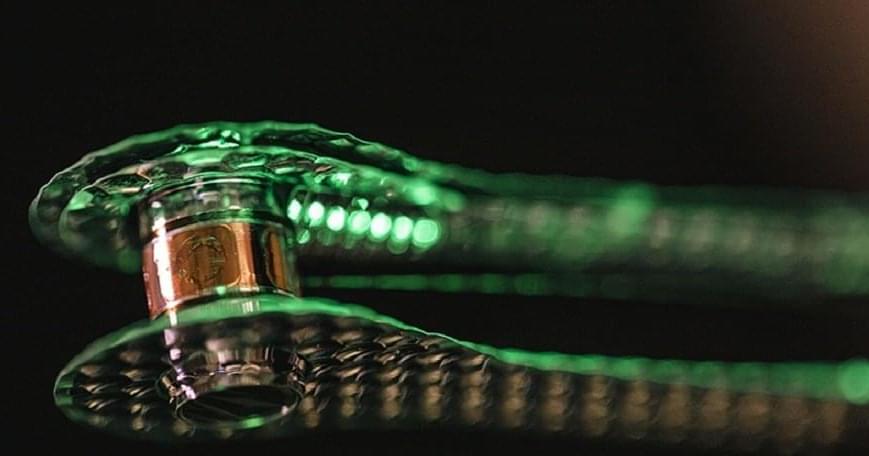At least 48 people in Canada have come down with symptoms indicative of a brain disease, describing debilitating symptoms.


The flying robot with wings is controlled by a magnetic field instead of heavy motors and gears.

Feb 2 (Reuters) — State-owned China National Nuclear Corp (CNNC) has signed a contract in Argentina to build the $8 billion Atucha III nuclear power plant using China’s Hualong One technology, reviving a deal that had been stalled for years.
CNNC said on its WeChat account late on Tuesday that ithad signed an engineering, procurement and construction (EPC) contract, which comes ahead of Argentine President Alberto Fernandez’s trip to China later this week.
Progress on the nuclear deal between the two nations had stalled since it was first negotiated by the administration of former President Cristina Fernandez, a left-wing populist who left office in 2015. She is now Argentina’s vice president.

If scientists could measure the oscillations of just one energized cesium atom, they’d be able to keep perfect time, but they can’t due to a weird phenomenon called the standard quantum limit.
Instead, they have to measure thousands of atoms at once and then average out the results for atomic clocks, which leads to a just slightly imprecise second.
Now, MIT researchers have found a way to create a more precise atomic clock by exploiting another weird quantum phenomenon: entanglement.

Though it almost certainly won’t work, it is a telling sign of where the field is heading.
By

Everywhere you want to go in deep space is far! For example, Elon Musk wants to put humans on Mars permanently while NASA wants to send astronauts there.
However, any traveler going to Mars has to endure a grueling trip through harsh space that lasts not less than five months, even with the most powerful rocket in history! If only we could find a faster way to travel through space! Also, the next star to us is about 4.5 light-years away, making it impossible to visit with the current space technologies!
However, an accidental discovery promises to fix that problem by enabling faster than the speed of light travel! What is the discovery, how does it affect space travel, and how does it affect you personally?

A report by Business Insider says Microsoft has scrapped plans for its own HoloLens 3 and has instead partnered with Samsung—but that no one really knows what’s going on.
Microsoft has reportedly scrapped its third-generation HoloLens, leaving the company’s “metaverse” plans in disarray.
According to a report from Business Insider, Microsoft killed off the HoloLens 3 in 2021, shifting to a planned device with Samsung instead. The problem? According to the publication, the company’s mixed-reality/augmented reality/virtual-reality division isn’t sure what it plans to do. That’s resulted in employees leaving for Meta and other companies instead.
The company told BI that it remains committed to HoloLens and future HoloLens development. It said the same to PCWorld in a statement. “Microsoft HoloLens remains a critical part of our plans for emerging categories like mixed reality and the metaverse,” the company said. “We remain committed to HoloLens and future HoloLens development.”

